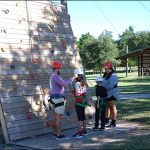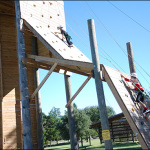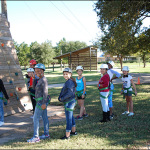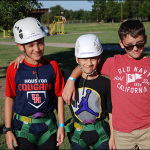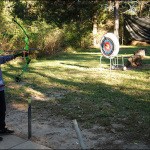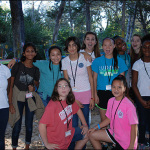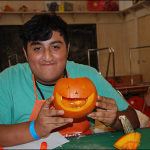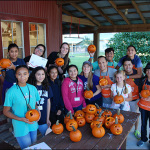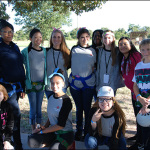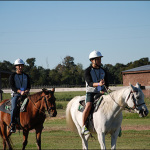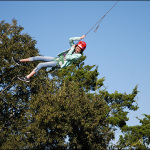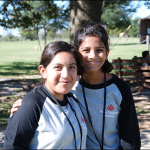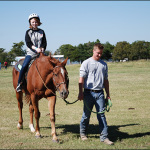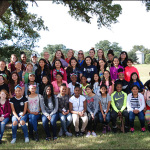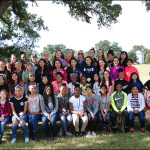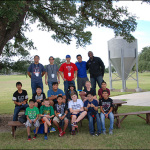 When a child has open heart surgery at Texas Children’s Hospital, they receive some of the best care in the country. Our Heart Center, ranked No. 2 in the nation, is equipped with state-of-the art technology, highly trained and skilled surgeons and anesthesiologists, as well as a team of unsung heroes called perfusionists.
When a child has open heart surgery at Texas Children’s Hospital, they receive some of the best care in the country. Our Heart Center, ranked No. 2 in the nation, is equipped with state-of-the art technology, highly trained and skilled surgeons and anesthesiologists, as well as a team of unsung heroes called perfusionists.
Perfusionists operate the heart lung bypass machine needed to keep a patient alive during open heart surgery. The machine takes deoxygenated blood out of a patient’s body, runs it through an artificial lung to give it oxygen, and then pumps it back into the patient’s blood stream.
While the idea may sound simple, the procedure and process is not and is performed at the Heart Center by a longstanding team of experienced and professional perfusionists.
“Perfusionists are absolutely vital when we perform open heart surgery,” said Surgeon-in-Chief Dr. Charles D. Fraser Jr. “What they do is extraordinary and allows us to do very complicated operations on children who otherwise would not be able to survive.”
Fraser recognized the benefit of a strong perfusion team early on and is responsible for creating a dedicated pediatric team at Texas Children’s in 1995 shortly after being named chief of Congenital Heart Surgery. All three members of the original team – Mary Claire McGarry, Maryann Mueller and Deb Surprise – are still working in the Cardiovascular Operating rooms today and remember what it was like in the beginning.
Mueller remembered Fraser recruited her and her colleagues from the Texas Heart Institute where they worked with both adult and pediatric patients. The first few years at Texas Children’s, she said, were spent honing their skills to provide the best perfusion for children.
Surprise recalled how Fraser brought with him a new approach to pediatric perfusion. His idea was to create a specialized pediatric protocol that would be tailored to each individual child.
“Everyone was invested in the success of Dr. Fraser and what he was trying to accomplish,” Mueller said. “We wanted him to be successful – and for our patients to come in, have surgery and then head home to lead healthy lives.”
Over time the team grew to what it is today, eight perfusionists who work closely with the surgical team. Due to their ever evolving skill levels, the team continues to see more complex patients, many of whom have benefited from the hard work of the surgeons and clinical staff at Texas Children’s Heart Center.
Fraser and his team recently performed their 10,000th heart procedure with the use of heart lung bypass on Adult Congenital Heart Disease Program patient 31-year-old Stephanie Granger, who was born with a congenital heart defect and had two surgeries as a baby and another when she was 6. Years later, she developed secondary problems from her heart defect.
“I started having some abdomen pain, so I went to my primary doctor,” Granger said. “They ran a CT scan and found there was a problem with my liver due to my heart.”
Soon thereafter, Granger scheduled heart surgery at Texas Children’s not only for herself but for her newly adopted daughter, Zoey, as well. Zoey was born with a similar congenital heart defect and needed surgery just like her mother.
“When we adopted her, we told them we were open to various conditions,” Granger said. “We told them we had a family history of congenital heart disease and that we fully understood it.”
McGarry said she can’t believe the team just reached the 10,000 pump case milestone and that it’s a testament to how far they’ve come.
“People now from all over the world come to see what we do,” she said. “It’s amazing and makes me very proud to have been a part of the program for so long.”





